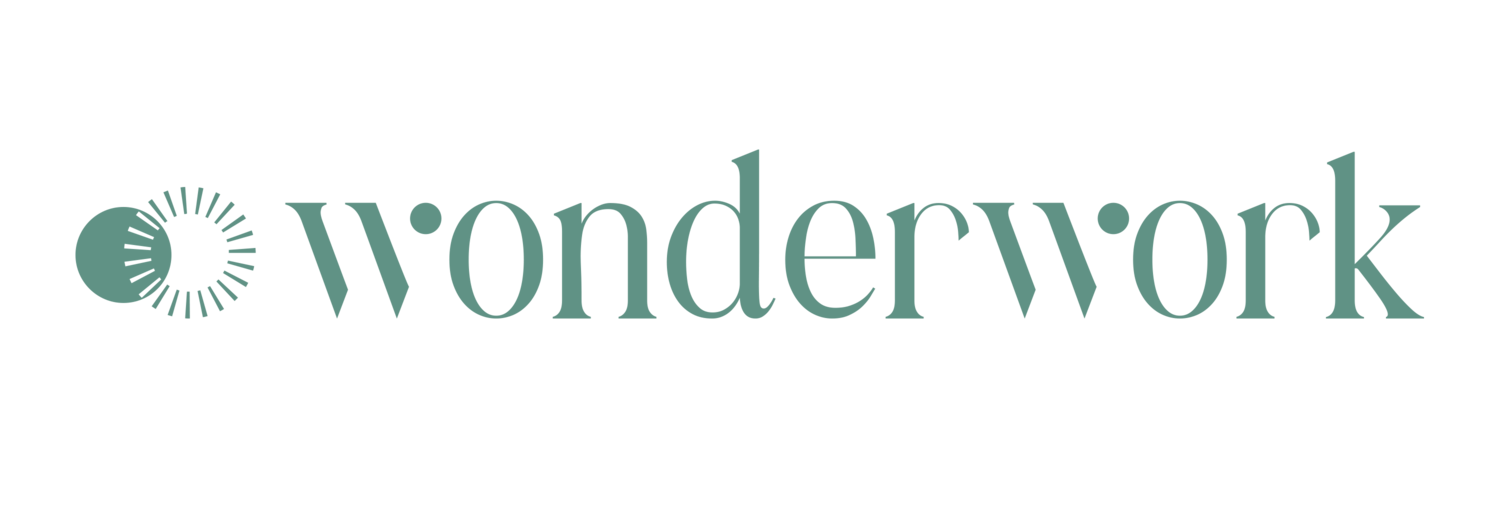Exploring the Benefits of an IEP Goal Bank for Successful Student Progress
Creating Individualized Education Plans (IEPs) that cater to the unique needs of every student with disabilities is a critical aspect of the education system. In this endeavor, an IEP goal bank plays a pivotal role, streamlining the process and aiding educators in designing tailored goals for students. This article delves into the concept of an IEP goal bank, its significance, and how it contributes to successful student progress.
Understanding the IEP Goal Bank
An IEP goal bank is a comprehensive collection of pre-formulated goals, objectives, and targets that address various domains of a student's learning and development. These goals are designed to be flexible and can be customized to meet the specific requirements of each student. The bank covers a wide array of skills, ranging from academic achievements to social and behavioral milestones.
The Significance of an IEP Goal Bank
Time Efficiency: Crafting personalized IEP goals for every student can be time-consuming. An IEP goal bank reduces this workload by providing a repository of pre-written goals that educators can choose from and adapt, saving valuable time.
Consistency: An IEP goal bank ensures a consistent approach to goal-setting across the school or district. This consistency is vital for tracking student progress accurately and comparing data effectively.
Expertise Utilization: Educators might not have expertise in all areas of a student's needs. An IEP goal bank allows them to draw on the collective knowledge of experts who have contributed to creating the bank.
Customization: While the goals are pre-written, they can be customized to match the unique needs of each student. Educators can tweak the goals to align with a student's abilities, learning style, and developmental stage.
Comprehensive Coverage: The goal bank encompasses a wide range of developmental domains, ensuring that all aspects of a student's growth are addressed – academic, behavioral, social, and functional.
Implementing an IEP Goal Bank
Assessment: Begin by assessing the student's strengths, weaknesses, and specific needs. This evaluation will guide the selection of appropriate goals from the bank.
Goal Selection: Choose goals that align with the student's current abilities and set realistic yet challenging targets. Consider short-term and long-term goals for a well-rounded approach.
Customization: Tailor the chosen goals to the student's individual circumstances. Adjust benchmarks, timelines, and strategies to suit the student's unique requirements.
Monitoring and Adjusting: Regularly track the student's progress toward the set goals. If necessary, make adjustments based on their development and any emerging needs.
In the realm of special education, the importance of a well-structured and effective IEP cannot be understated. An IEP goal bank offers a pragmatic solution to the challenges educators face in creating individualized goals for diverse learners. By streamlining the goal-setting process, providing a wealth of expertise, and ensuring consistency, an IEP goal bank contributes significantly to the success of students with disabilities. Embracing this innovative approach fosters an inclusive and supportive educational environment where each student's potential can be realized to the fullest.

